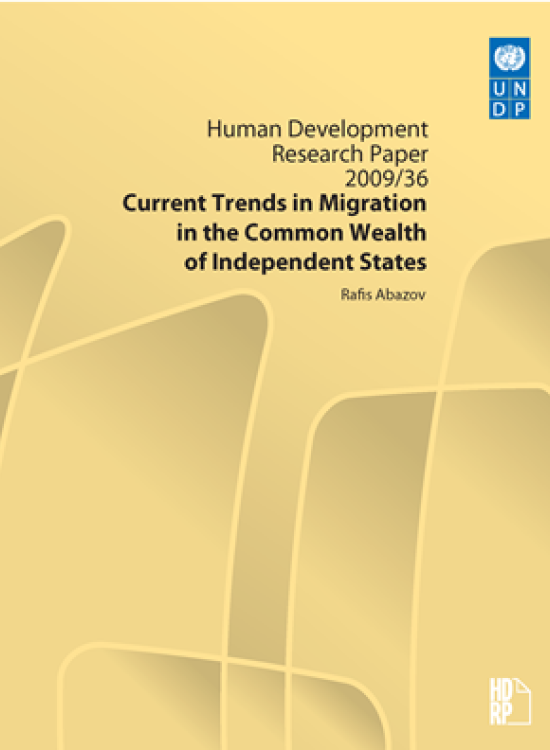Current Trends in Migration in the Common Wealth of Independent States

Download Report by Language
Document
hdrp200936.pdf
(639.48 KB)
Citation
Abazov, Rafis. 2009. Current Trends in Migration in the Common Wealth of Independent States. New York.
Current Trends in Migration in the Common Wealth of Independent States
Posted on: January 01, 2009
This paper assesses recent migration trends in the Commonwealth of Independent States (CIS). Within the last decade (1999-2009) the Russian Federation became the world’s second largest recipient of migrants after the United States, while the Ukraine became the fourth largest and Kazakhstan became the ninth largest. Such large-scale population movement, which includes a significant number of labour migrants from resource-poor to resource-rich states in the region, has had an inevitable impact on the social, economic and human development in both source and host countries. By 2007-2009 Moldova, Tajikistan and Kyrgyzstan have develop a high dependency on international money transfers from their labour migrants, having the world’s highest ratio of remittances to their GDP. During last few years numerous studies focused on migration issues within the CIS region, yet there are a number of problems to be still explored: What are the “push” and “pull” factors that motivate this large-scale migration? What are the current trends in the labour migration in the CIS? What are the short-term and long-term implications of the current migration trends for migrants and their families? What is the impact of the migration on human development in the region, including poverty reduction, social and gender equality, education and health? The paper addresses these and other questions. First, it evaluates the historical, political and social background and demographic context of the population movement in the region, which has become one of the most important determinants of migration during the recent times. Second, it overviews the most important push and pull factors that have affected migration during recent years and different types of migration responses to the social and economic pressures in sending and receiving countries. Third, it reviews the major impacts of the population movement on human development in the CIS region. In conclusion the paper summarizes the major findings and provides policy recommendations.